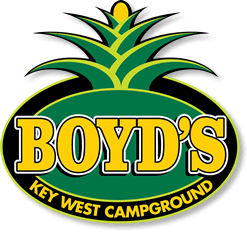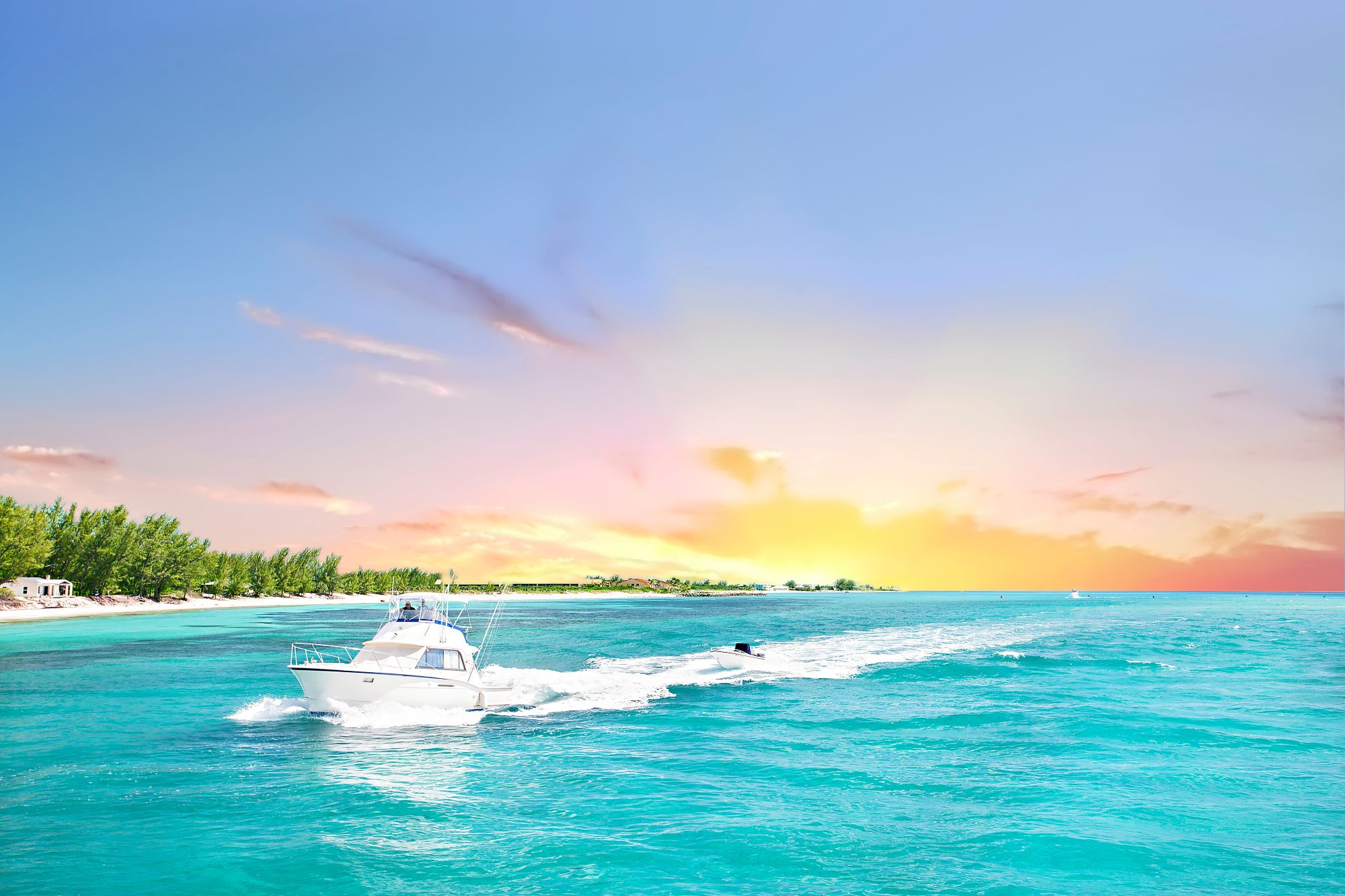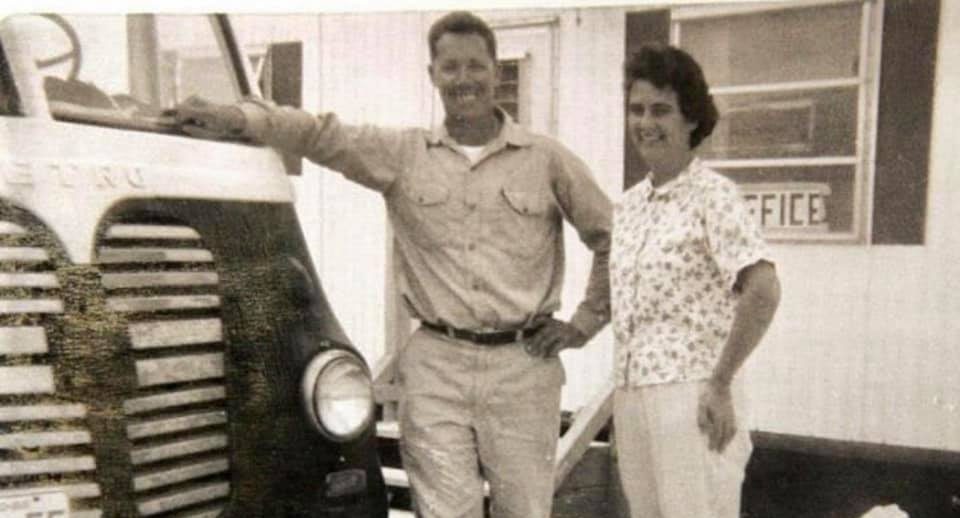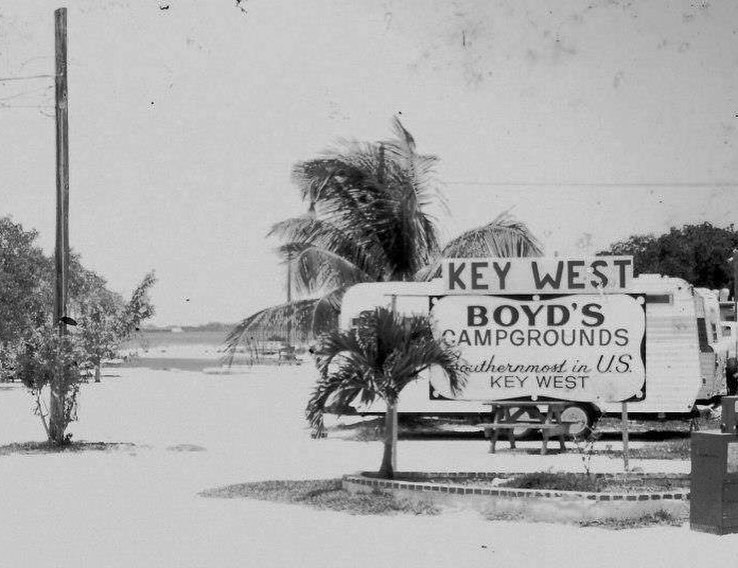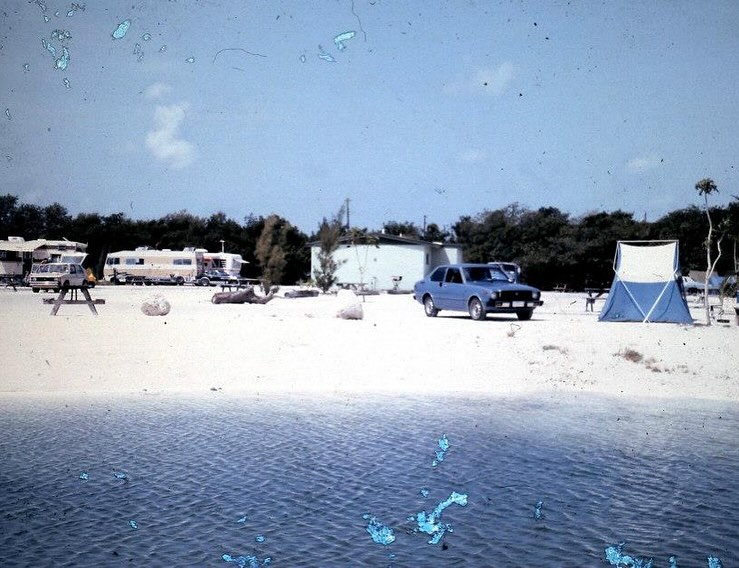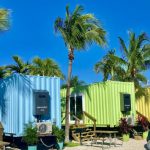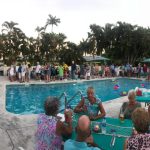Building Boyd’s: The First Big Step

Someone with a Good Idea
~ By Boyd Hamilton – Key West, Florida, July 1996
Despite the various pieces of property we had already acquired, I still had my sights set on one good, large piece of land. In late 1962, I learned about a city block on Stock Island that came with riparian rights—it was waterfront property. In January of 1963, we closed the deal with the First National Bank at the north end of Duval Street. I mortgaged our duplex on Johnson Street, made a down payment, and agreed to pay off the remaining $22,000 plus interest.
At the time, I was working as an electrician, earning $2.95 an hour. I held a master electrician’s license from the City of Key West and a journeyman’s card in the union, but I was still working for others rather than contracting on my own. Money was tight, and the land was so low-lying I wasn’t sure what to do with it. I’d thought about building a trailer park, but the sewer connections alone would’ve cost $8,000—well out of my reach.
Then someone suggested a campground. That sounded like a good idea. It would require less investment upfront, and I could build it up gradually.
Within a year or so, I’d become acquainted with many of Stock Island’s prominent locals. We formed the Stock Island Businessmen’s Association, and I served as the first president of the newly formed Stock Island Volunteer Fire Department. We even decided to incorporate as the City of Stock Island. I paid ten dollars for a license to operate the campground under the new city. But about six months later, the City of Key West challenged the incorporation and, on a technicality, had the ruling overturned. Stock Island was returned to Monroe County. Now I had to buy a license from the county under a “special use” provision.
As it turned out, that hiccup was one of the most important things to come out of the entire experience.
The first time Elsie and I came out to lay out the foundation for our first bathhouse, there was a foot of water across the whole area. Buying fill became a huge financial burden—and it stayed that way for the next twenty years. But the land was so low, we had no choice. We built that first washroom ourselves, and hooked it up to a septic tank. Even digging the hole for the tank, we did by hand. Back then, you could find day laborers at the corner of Simonton and Petronia Streets. I’d head down there and hire someone for a few hours or a day or two, depending on what we could afford.
When we first opened, camping was $1.50 a night. Our busiest night during the 1963–1964 winter season brought in 17 camping units. I had a small house trailer and stayed at the campground most nights, while Elsie and the kids stayed in town. Eventually, I quit my job as an electrician to work full-time on the campground. It wasn’t easy—every spare dollar we had went straight into buying more fill.
By 1964, we bought a 12′ x 60′ house trailer and parked it near the front gate. That’s when the whole family moved in, and the campground truly became our home.
